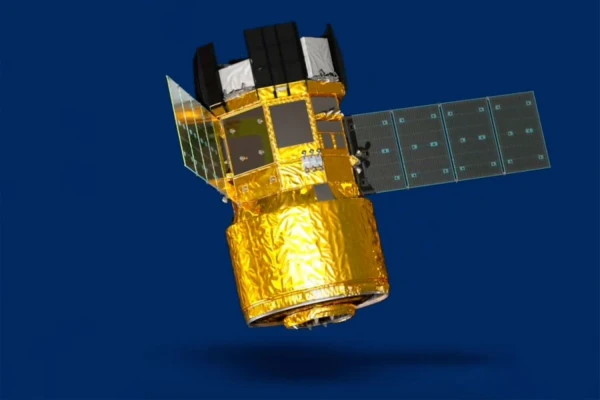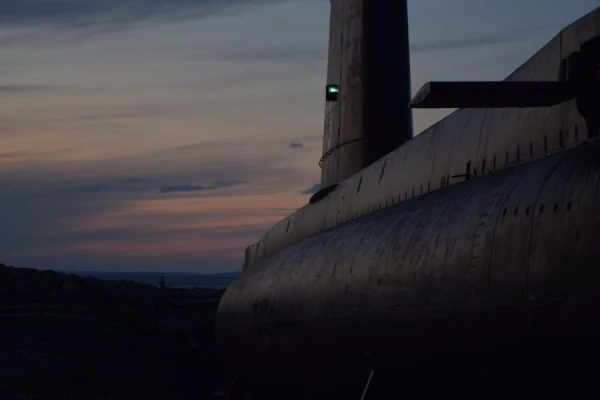
A huge external non-pressurized "trunk" has appeared at the very top.
The H3 rocket sent the latest Japanese cargo ship HTV-X to the ISS, launching from the Tanegashima Space Center. The ship carries supplies for the ISS, spare parts, as well as symbolic cargo, such as props for a clothing company's advertisement. More interestingly, the new ship can potentially transport large oversized cargo due to the open "trunk" located at the top.
HTV-X replaces the previous Japanese cargo ship HTV, which was retired in 2020. HTV was used since 2009 to supply "Kibo" — the Japanese laboratory module of the ISS, the largest module on the station. The Japanese cargo ship was notable for being the only one, besides the Space Shuttle, that could accommodate ISPR racks for installing large equipment inside the modules. However, its high cost was considered a drawback, as the Japanese space agency JAXA has never been known for generous budgets.
To reduce costs by at least two times, the development of the new ship officially began. However, since the exact launch prices are not disclosed, it is unclear how genuine this motivation is and how much it is a bureaucratic verbal game aimed at obtaining project approval.
HTV-X uses the airtight cargo cabin of its predecessor and some other design elements, but overall, the appearance of the ship is quite different.
Inside the airtight compartment of the new ship, the dimensions of the cargo are limited, but it can carry more mass — up to 4 tons, compared to 2.2 tons of the Russian Progress.
Other changes in the new ship compared to its predecessor mainly concern cost reduction and increased ease of assembly. Solar panels, batteries, antennas, engines, and other equipment are now concentrated in the service compartment in the middle of the ship, which has reduced the number of necessary pipelines and cables. The vehicle no longer has main engines — maneuvering engines with increased thrust and fuel reserves are used for orbital changes.
Potentially, instead of the non-pressurized cargo compartment located at the top, any module can be placed at the request of the launch customer. The Japanese refer to HTV-X as a multi-purpose test platform that can be used for experiments after the ISS's operational life ends.
In short, HTV-X is a solid modern cargo spacecraft from a contemporary power for which space is not a national priority.
Interestingly, despite the lack of pomp and grand global ambitions, Japan maintains an excellent research space program that has managed, albeit briefly, to surpass the United States in certain areas.
The most noticeable and important change is the addition of a huge external non-pressurized "trunk" at the very top. It can accommodate oversized (large) cargo of any shape, as long as they fit under the rocket's fairing, which can be enlarged if desired. Since the Space Shuttle was retired, space agencies have missed its giant cargo bay, which could fit a bus — and HTV-X will partially fill this gap.















Leave a comment